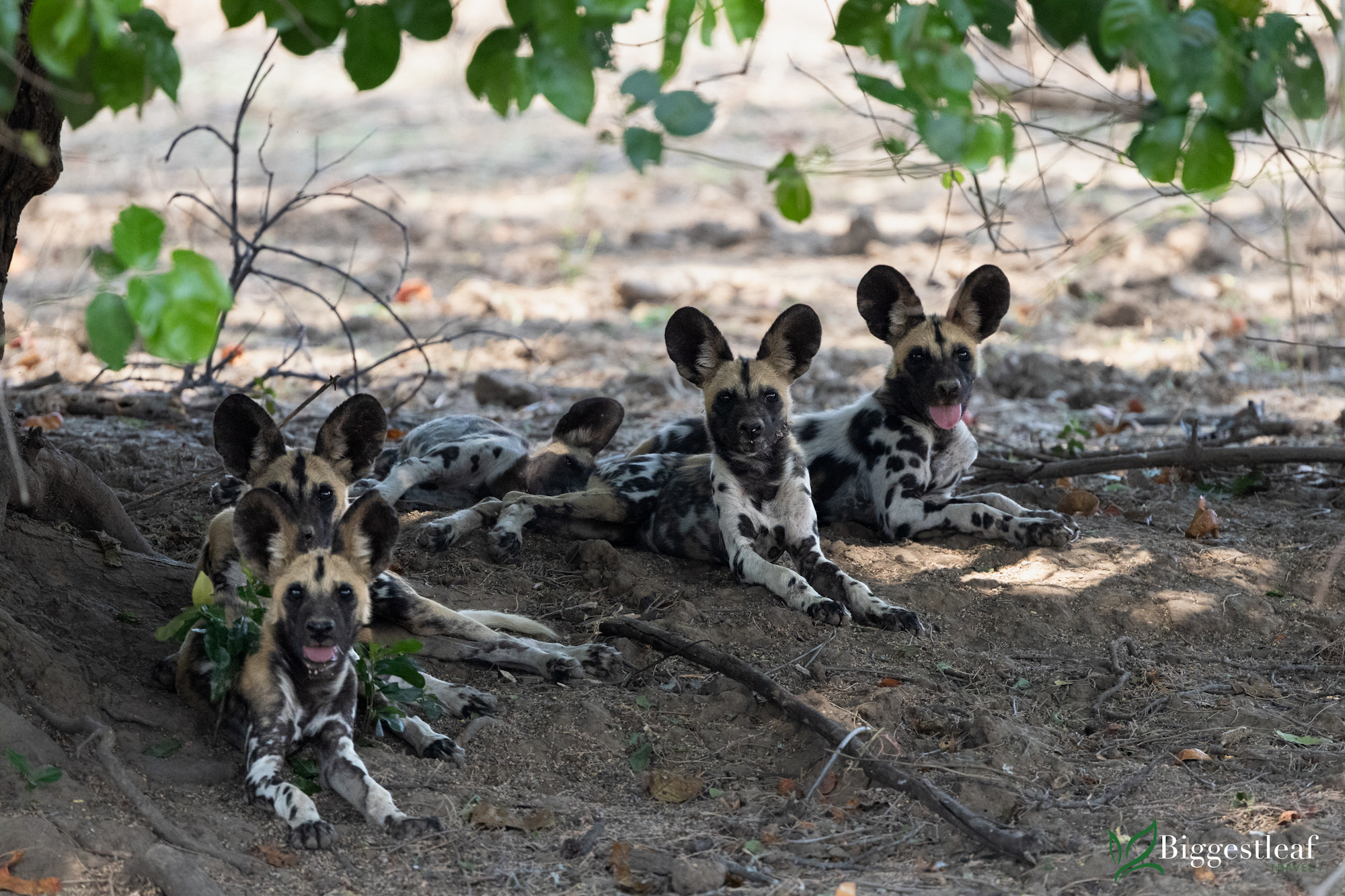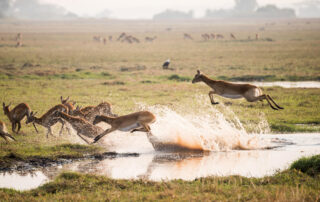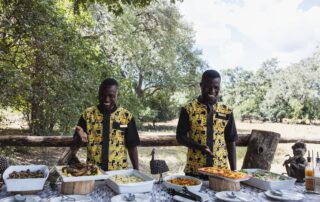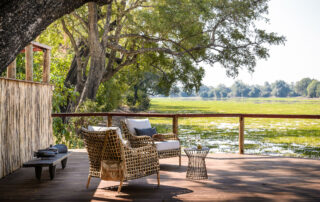NORTH LUANGWA NATIONAL PARK

This remote tract of land, covering 4 636km² / 2 880mi², offers one of the finest wilderness experiences in Zambia, if not Africa itself. In addition to strong populations of buffalo, predators (including wild dog) and elephant, there is a stable herd of black rhino, making this a true Big Five destination.
The beauty of visiting this park is the truly remarkable opportunities to experience Africa as it was. It is wild and untouched and you are simply an unobtrusive witness to its natural beauty and drama. Although declared a wilderness area, it was not open to anyone other than Game Department rangers for more than 30 years. In 1984, John and Lorna Harvey sought permission to conduct walking safaris in the area and for many years were the only operators in this remote wilderness.
In 1989, two scientists, Mark and Delia Owens, famous for their book, Cry of the Kalahari, were granted permission to set up a research station. Through their influence and as a means of helping to curb poaching in the area, the authorities allowed entry to a few more safari operators who bring limited numbers into the park for guided walking safaris and game drives (no self-driving or private camping is permitted). Their efforts in North Luangwa are documented in their book, Survivors Song: The Eye of the Elephant.
There are very few roads and you are unlikely to see anyone else for the duration of your trip. Like the South Park, it lies on the western bank of the Luangwa River bordered on the other side by the dramatic Muchinga Escarpment which rises over 1 000m / 3 280ft from the valley floor. Its hazy outline can clearly be seen from the Luangwa River.
There are a number of tributaries running through the park and into the Luangwa that play an important ecological role in the area. The crystal-clear Mwaleshi River trickles down the escarpment in a series of small waterfalls. It recedes in the dry season, leaving many pools along the way, drawing the animals from the bush to its banks in search of water. No game drives are permitted in the Mwaleshi area and access is by organised walking safaris only.
The vegetation ranges from mopane woodland to riverine forest; open grasslands and acacia thicket. Trees include the beautiful sausage tree, vegetable ivory palms, red mahogany and leadwood.
MORE INFORMATION
FEATURED LISTINGS
LATEST NEWS
New Lechwe Herd for Kafue – and Possible Cheetah Cubs
Dry season is proving productive in Kafue National Park with plenty of new arrivals and exciting sightings. First on the list is a herd of 400 Kafue lechwe (Kobus leche kafuensis) that were released around Lake Itezhi-Tezhi. Kafue lechwe are [...]
New ‘Tree Deck’ for South Luangwa
Diners and even yoga groups are making the most of the newly built Tree Deck at Kafunta River Lodge in South Luangwa National Park. The deck, which used to be at the front of the lodge overlooking the productive floodplain, [...]
Zambia Lodge Wins Major Prize in Global Awards
Sungani, a young kid on the block in South Luangwa National Park, has taken third place in the 2024 Safari Awards’ ‘Best New Lodge’ category. Established in 2007, the awards offer ‘a deep appreciation for those who consistently surpass expectations, display an unwavering [...]





